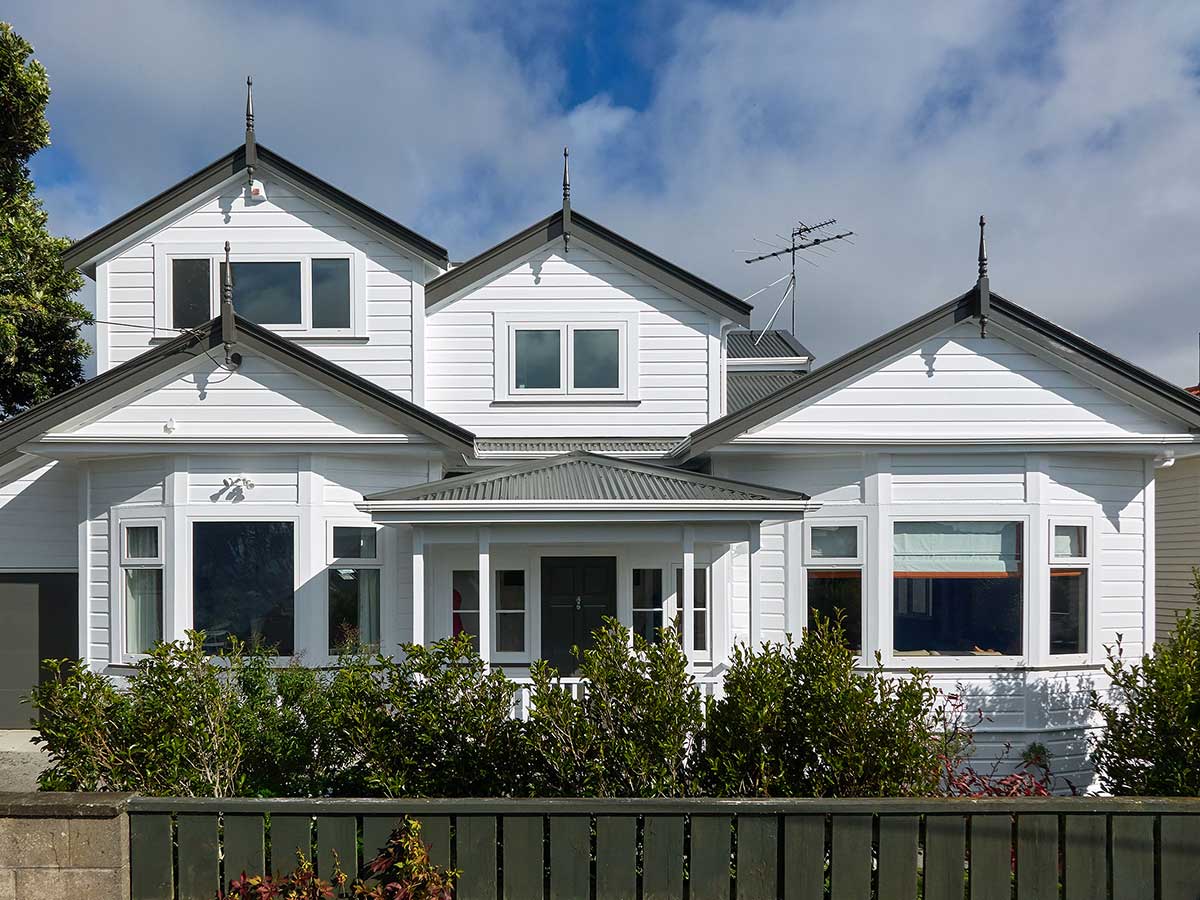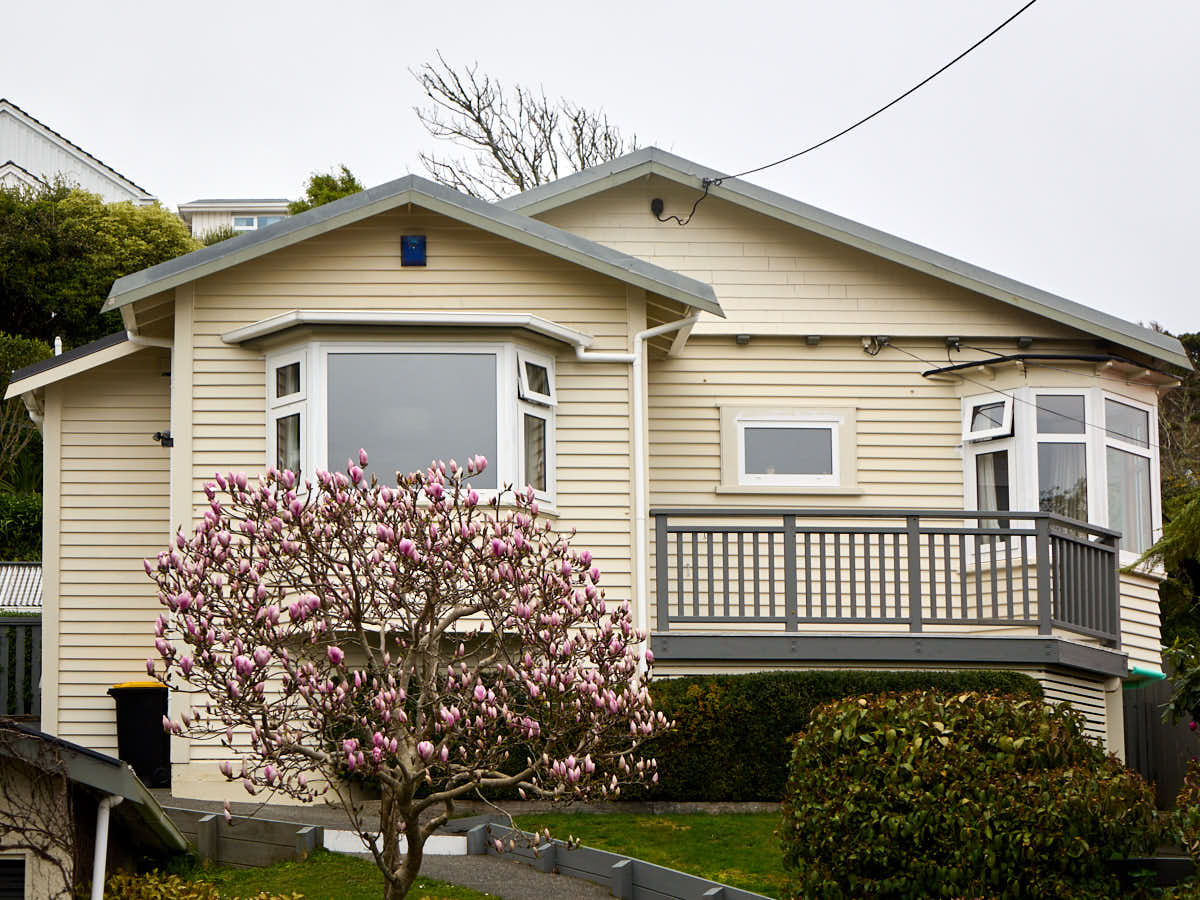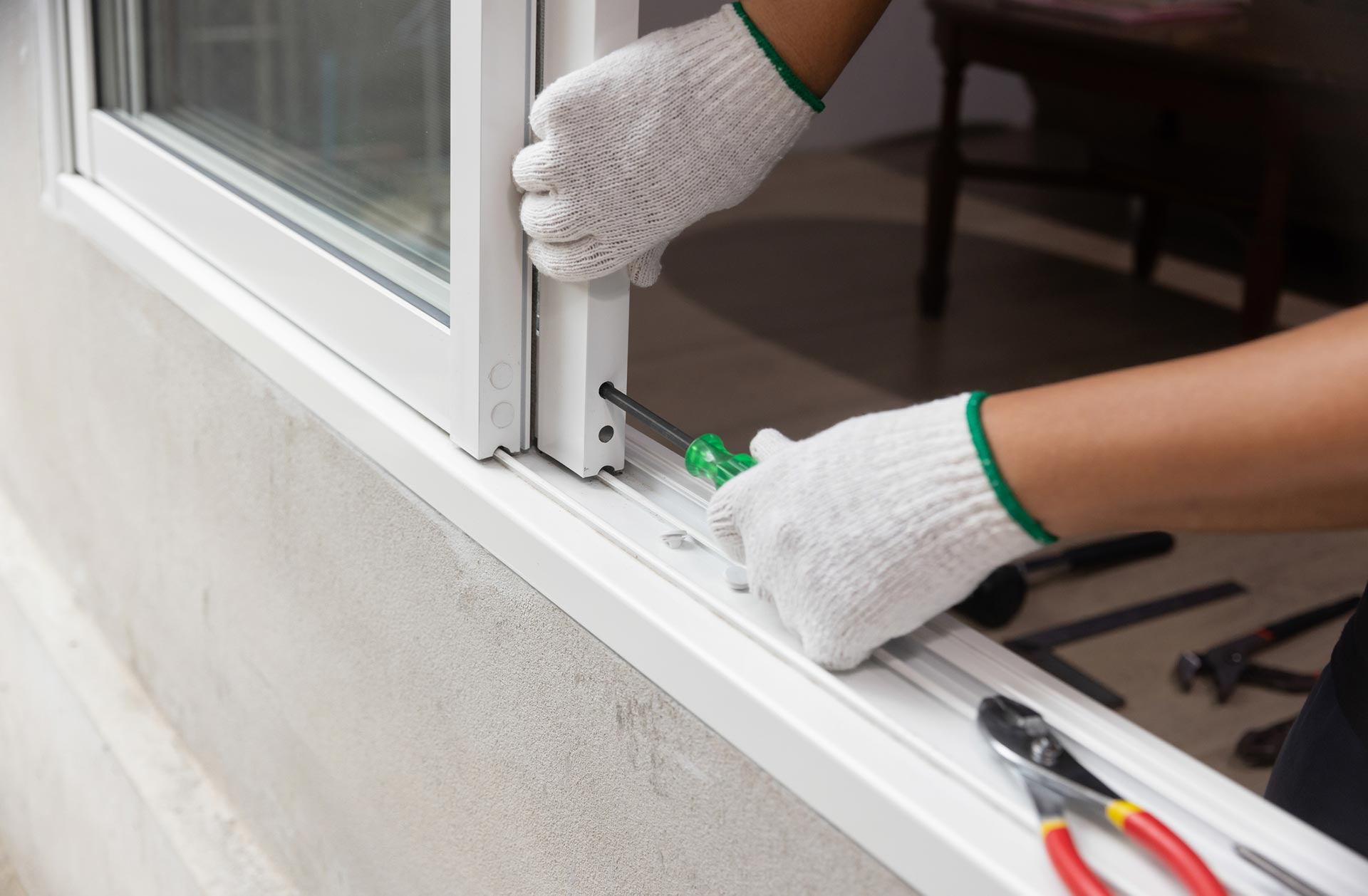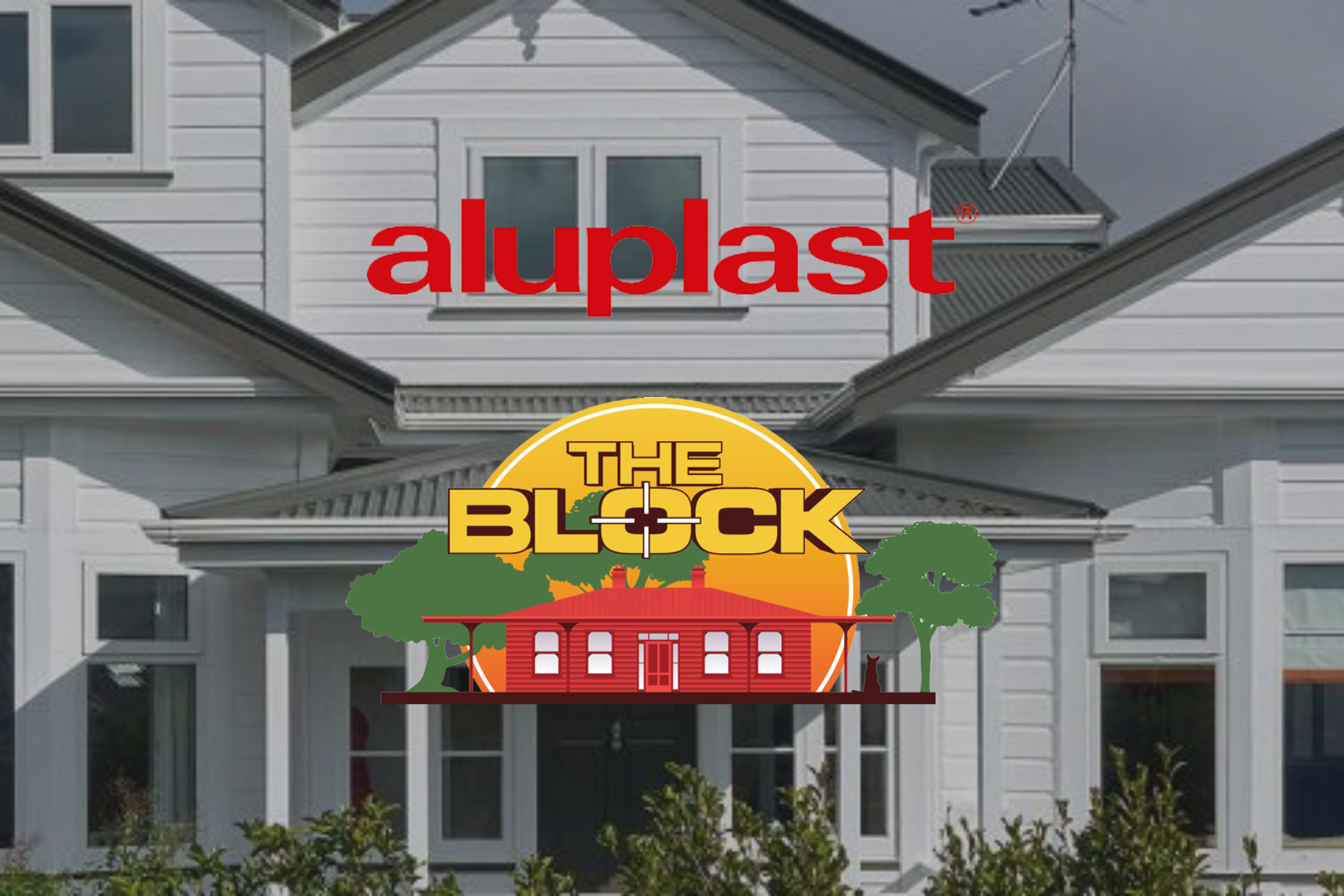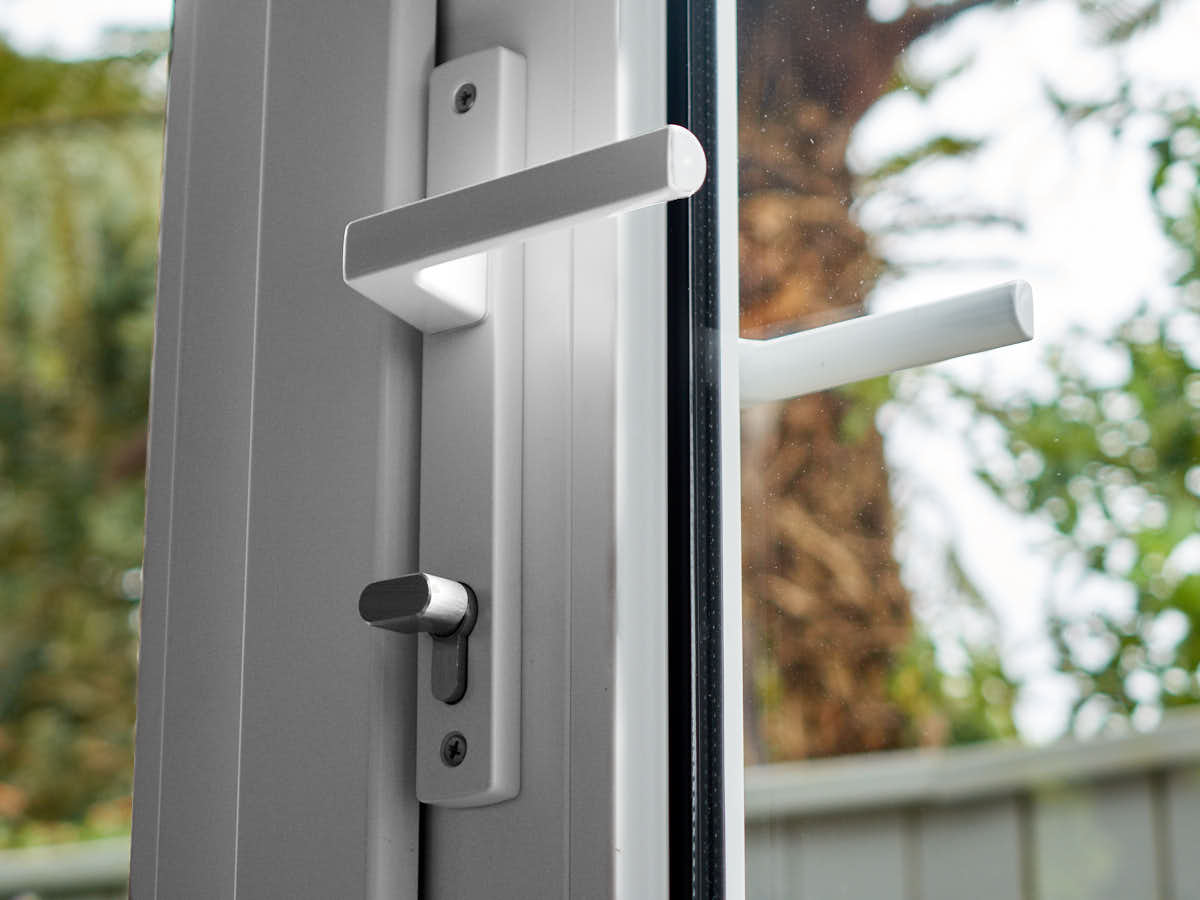The Truth About uPVC
You may wonder why you should choose uPVC for your doors and windows rather than aluminium?
uPVC is a great material to use in your house as a joinery solution. However, there are several key differences between the materials, particularly in terms of performance, cost and look. Here is a break-down of the pros and cons of both, so you can make an informed decision.
uPVC is a relatively new product in the NZ market and as a result, not everyone knows what it does and how it does it. What most people do know about it is often incorrect. uPVC has been used in places like Europe, the UK, and Saudi Arabia for the last 60-70 years and is a known and trusted product.
This article is here to bust the myths surrounding uPVC so that you can make the most informed decision about what joinery to put in your home.
UPVC BREAKS DOWN, TURNS YELLOW
When it first came to NZ, yes it did. It wasn’t designed to withstand the strength of our sun and the amount of UV we get in New Zealand. However, it is now treated with a substance called titanium dioxide, which is the same stuff that is in house paints and sunblock. The UV is reflected and the uPVC protected.
Our joinery now has a 15 year guarantee from BRANZ, and it lasts 40-50 years before any signs of age start to show (based on evidence from Germany).
All in all, it will last no shorter than other joinery options in NZ.
CONDENSATION IS A FACT OF LIFE IN NZ
Condensation is a common problem in New Zealand homes due to our climate and historical style of building. However, uPVC joinery hugely reduces the amount of condensation on your windows. This is primarily because uPVC is not conductive, unlike aluminium (which as a metal is inherently heat conductive). So the frames on uPVC joinery are always room temperature, meaning warm air is staying warm, rather than hitting a cold frame and turning into condensation.
With our windows, you won’t get condensation on the frames. When combined with good ventilation, condensation on the glass can also be minimised.
IT WON’T FIT THE CHARACTER OF MY HOME
The oldest house Eco Doors & Windows has installed uPVC in was an 1880s villa in Thorndon and it blends right in to the style of the home. This is because of two factors – the colour and the design. Our standard colour for uPVC doors and windows is Traffic White, a deeper colour than pure white. The bevel of the joinery is also very similar to the bevel on timber joinery. We then design the windows to match the look of any era of home found in Wellington and make all finishing details around the uPVC window to match.
IT’S PLASTIC SO IT’S UNSUSTAINABLE AND WASTEFUL
uPVC is not a single-use plastic that’s going to end up in the sea or in a tip refusing to decompose. This joinery will be in your home for around 40-50 years, being used every day. In Europe where they have more infrastructure, the uPVC is then recycled and reused for the internal structures of new joinery. Unfortunately, New Zealand is not a big enough market to be able to do this yet.
Having uPVC joinery in your home will also reduce heat costs and wastage. It’s the most thermally efficient joinery on the market, meaning heat isn’t escaping out of the windows.
SUPER EXPENSIVE
The most expensive double glazed joinery on the market is actually timber. uPVC is at a similar price level to thermally broken aluminium windows (the highest quality aluminium joinery available) and is cheaper than timber joinery. As well as that, the long-term savings are higher with uPVC, as heating costs are significantly reduced, little maintenance is required and replacement costs are not an issue for 3 decades on average.
Contact Us
Look no further than Eco Auckland for your uPVC framing needs. uPVC double glazed windows and doors are the best choice in our climate to ensure a warm and secure home that will last the test of time.
